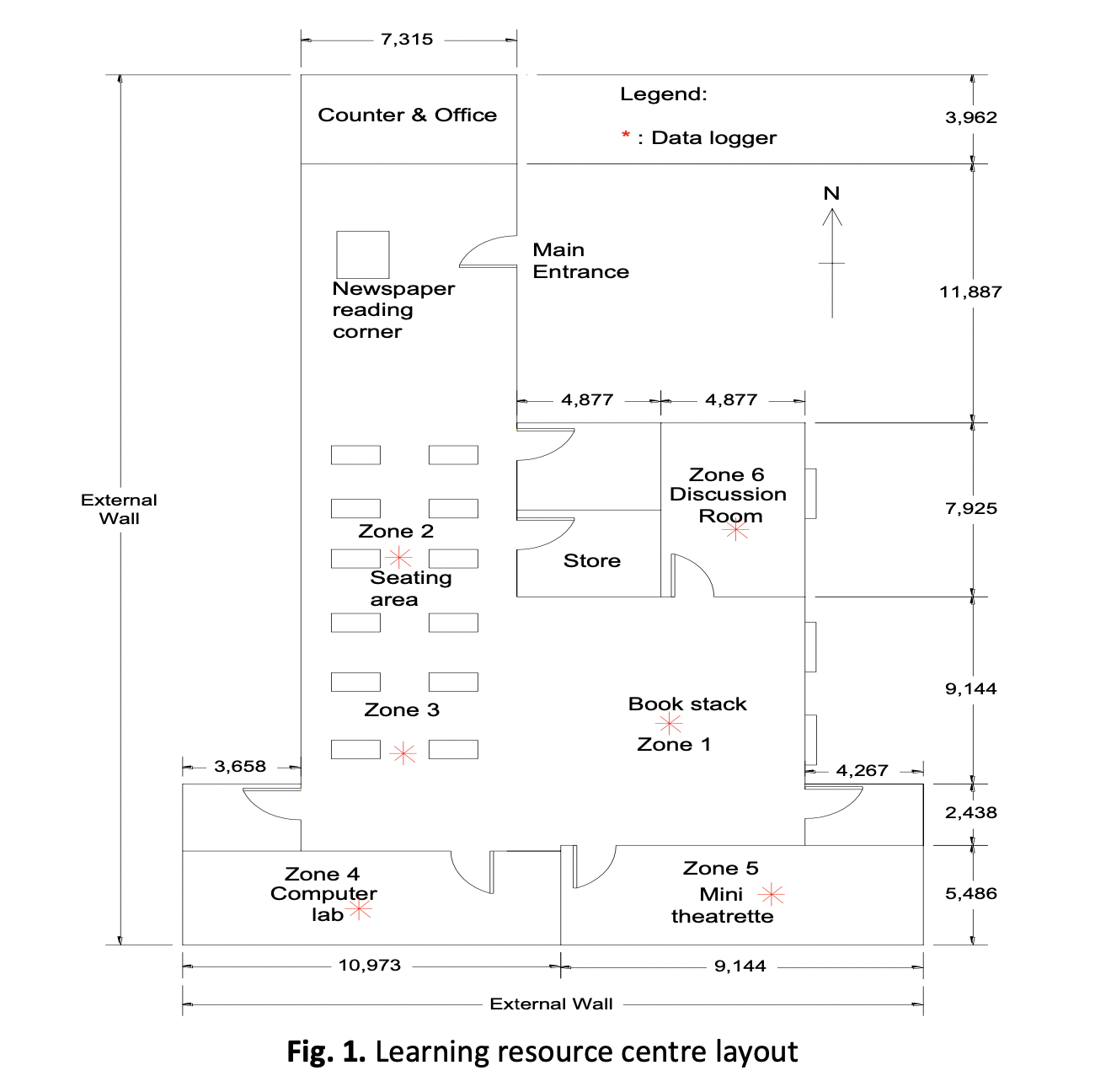Indoor Climates and Energy Consumption by Air Conditioning System in a Learning Resource Centre in Malaysia
DOI:
https://doi.org/10.37934/arfmts.102.2.3341Keywords:
Library, HVAC, energy consumption, indoor climates, TRNSYSAbstract
A Learning Resource Centre is a type of library that houses books and all other media facilities as well as daily newspapers and journal articles. Indoor climates such as the indoor dry bulb temperature and relative humidity must be controlled at the recommended level in a Learning Resource Centre in order to keep the collections and archival materials in good condition. Based on the ASEAN Energy Organization report, 50-60% of the total energy consumption of a building goes to Heating, Ventilating and Air Conditioning (HVAC) systems operation. As such, energy savings for HVAC systems is crucial and should be studied, especially after climate change has taken place. In this paper, the author installed data loggers in the Resource Centre for a period of a month to monitor the indoor climate changing trend. Due to the lack of cooling and dehumidification processes when the HVAC systems were turned off, there were peaks in both indoor dry bulb temperature and relative humidity during the night. The ambient high relative humidity had caused an increase in the indoor relative humidity at night. At the same time, the energy consumption simulation of the HVAC systems was run using the Transient Energy System Simulation Tool (TRNSYS). Different operating modes were set in the simulations to obtain the comparison of energy consumption for the different operating modes of the HVAC systems under four different weather elements, namely the present-day, 2020’s, 2050’s and 2080’s time scenarios. Electricity bills for the different scenarios based on current electricity tariffs were analyzed. The results show that a significant saving can be obtained if the HVAC systems were operated under the All-day Operating Mode.
Downloads
































